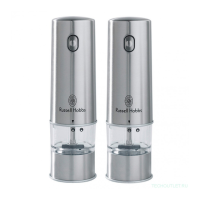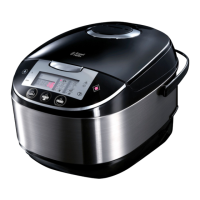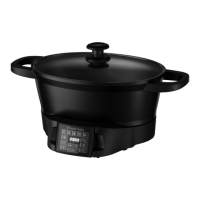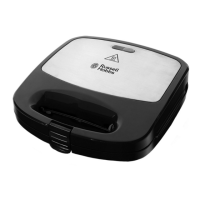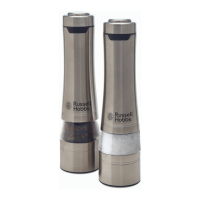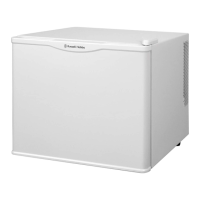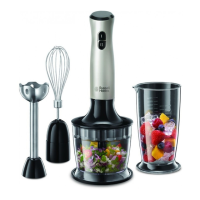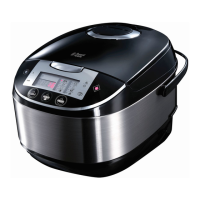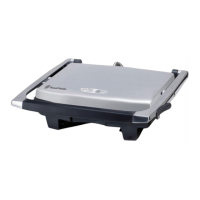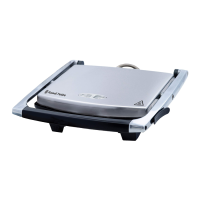Temperature conversion table (to the nearest degree C)
°F °C °F °C °F °C
200 93 260 127 320 160
205 96 265 129 325 163
210 99 270 132 330 166
215 102 275 135 335 168
220 104 280 138 340 171
225 107 285 141 345 174
230 110 290 143 350 177
235 113 295 146 355 179
240 116 300 149 360 182
245 118 305 152 365 185
250 121 310 154 370 188
255 124 315 157 375 191
Troubleshooting – what to do if:
The bread collapsed
The dough may have been too moist. Reduce the recipe liquid by 2 tbsp. If tinned fruit was used, it may
not have been properly drained.
Leaving the bread in the bread pan while it cools can cause moisture released in the baking process to
soak back into the bread.
The flour may have been too coarsely ground. Try using finer flour.
The core of the bread is too moist
The dough may have been too moist, see above.
The flour may have been too heavy. This problem can occur with rye, bran and wholemeal flours.
Reduce the amount of heavy flour and replace with white flour.
The bread has swollen too much
You may have used too much yeast, try reducing it slightly.
Too much sugar can cause the yeast to work too fast, and the bread to rise too much. Try reducing the
amount of sugar. If you add sweet/sugary ingredients such as dried fruit, honey or molasses, reduce the
amount of sugar to compensate.
You might try reducing the recipe liquid by 2 tbsp, as this will slow the action of the yeast.
Use coarser flour. Less yeast is needed with fine flour than with the same type of flour ground coarsely.
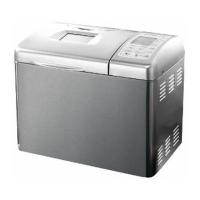
